Agile Images: Sieving History with Raghu Rai’s Photographs
Over and above the binary of “good” and “bad” images, it may often be more enriching to observe the way an image turns each time we perceive it. These are subtle turns, yet this turning transforms our relationship to the image, morphing in almost inconspicuous ways the manner in which we re-encounter it. Our repeated acts of looking at the same image may often generate newness—not as a blank slate, but instead in a much more potent, palimpsestic tendency. This potential manifests in a retrospective exhibition, programming newness in the familiar. It can evoke “new” invitations—new turns—to consider as we navigate it, and as it extends before us. The retrospective as a format becomes a way for us to think about how the exhibitory may galvanise public memory, providing a site for non-linear forms of remembering that stray into enjoyably more orbital inclinations.
Raghu Rai: A Thousand Lives, Photographs from 1965–2005, an exhibition curated by Roobina Karode with Devika Daulet-Singh, recently concluded in May 2024 at the Kiran Nadar Museum of Art (KNMA) in Saket, New Delhi. Dedicated to his visions in black and white, the exhibition showcased a sweeping excerpt of Raghu Rai’s archive of India. The images—primarily silver gelatin prints—span well-recognised visuals from the many streets he traversed for over four decades, with an accompanying concentration on two sets of political and spiritual leaders. With its focus on Rai’s pre-digital photographs, the exhibition portrayed the artist’s unmistakable fascination with the world and his deep spiritual belief of being and remaining “one with the camera.”
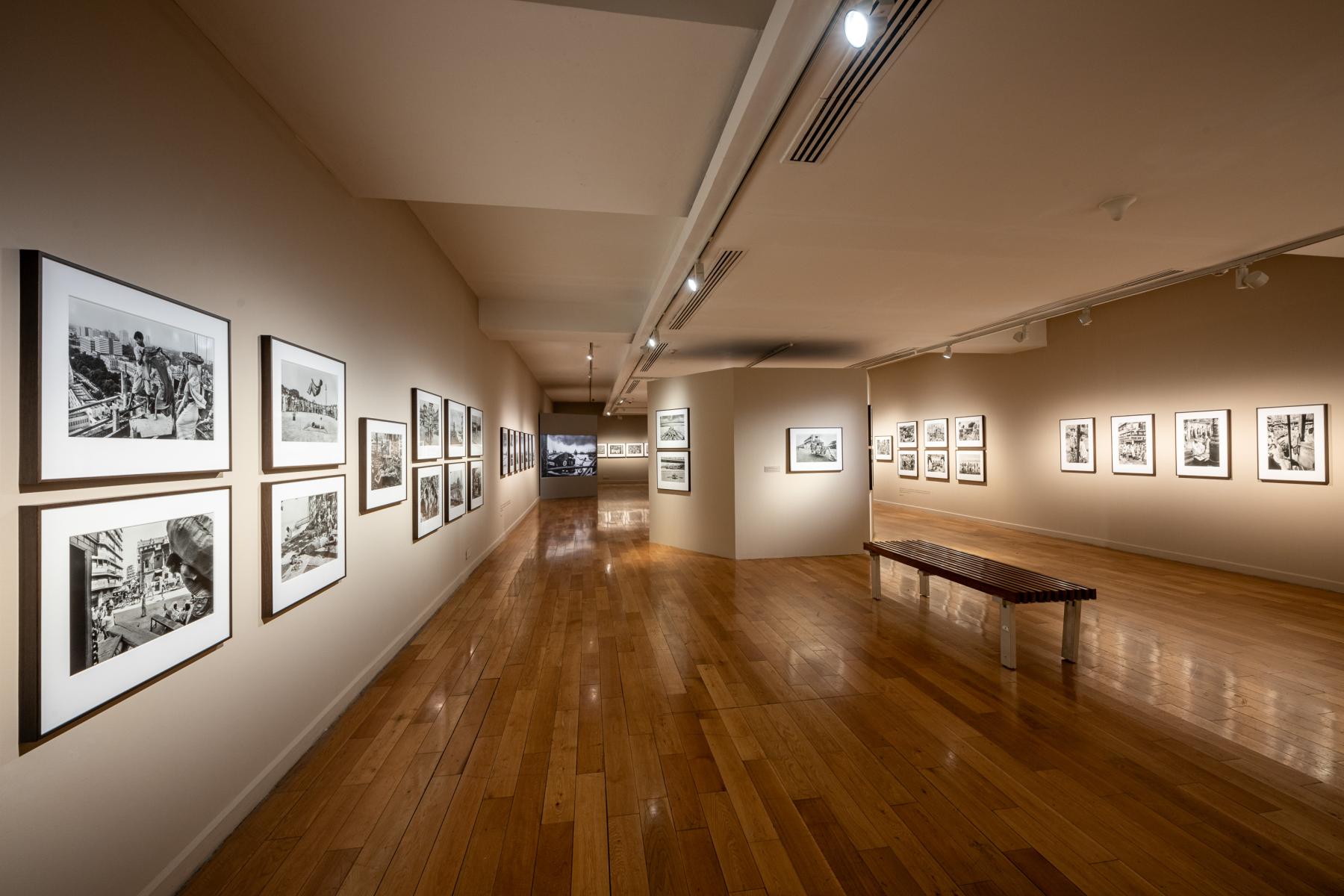
Curatorially strategic in presenting this abundance, the exhibition site skillfully conjured and ensured viewer navigability and comprehension at every turn. Offering an elevated geometric progression, the display aligned with immense tact and much-needed sensitivity to the sweeping spatiality of Rai’s images, paying close attention to his propensity for detail. The exhibition attended to a “lesser known” side of Rai’s body of work, as stated in the curatorial impetus—a thrust that arose out of a repeated perusing of his limitless archive. Leaning into the “enigmatic”, the retrospective performed an interesting role—one of rediscovery, coupled with a re-reading of affect, thus eliciting a fresh permutation of Rai’s prodigious oeuvre.
Rai’s ability to be present in a situation as it unfolds is unerring and profuse. What this “being here and now” produces is a blurring between the figures of the maker and viewer—in that enclosing moment, stirred into life by his camera, Rai becomes both. Wonder goes hand in hand with the sanctity of image-making, and Rai believes in the truth of responsibility, bearing a contestable evidentiary quality to the image—an affective and ethical, era-appropriate quality that could be trusted and that was both immersive and sustainable.
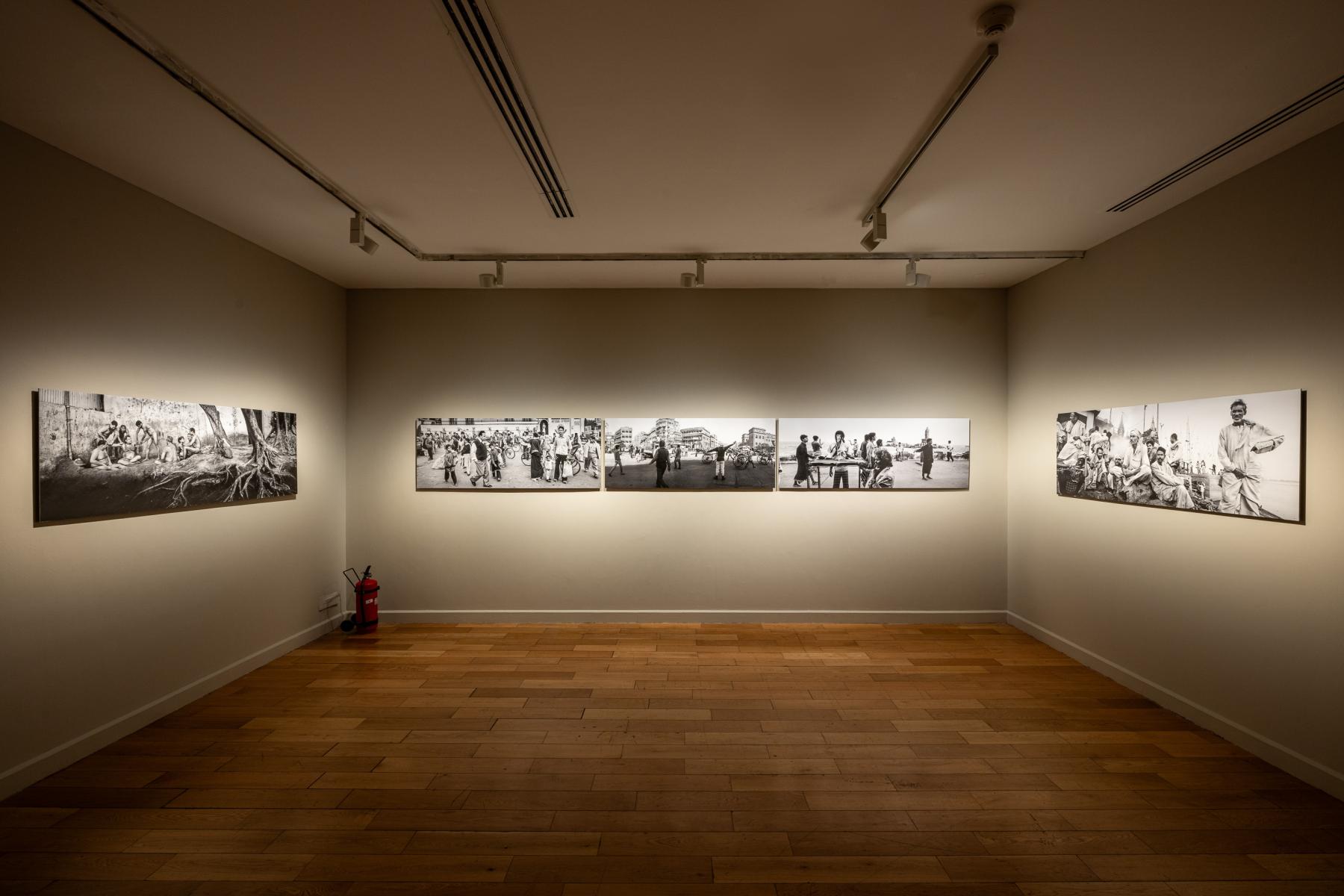
Rai’s extensive coverage of political leaders bears the weight of the histories they uphold. The towering figures of Indira Gandhi and Jayaprakash Narayan emerge as people first, their interiorities imaged and nuanced as palpable fuel for the fire of the histories they—as political leaders—were (re)writing. The images perform as agential entities in the history-making they instigate and possibly even protect. With Gandhi, Rai’s proximity is formidable and exciting, and in his prolonged relationship with her, he crafted an exquisite ingress into her otherwise impregnable persona and power. In these “holistic” images, Gandhi is photographed alongside different people in a range of encounters. Her silhouette is photographed against the sloping Himalayas, the unmissable detail of her hand clasped in the gyana mudra. In other images, Gandhi is framed by the imposing doorways of her residence and her future; she waves to her grandchild, she sits at different tables of varying intensities, and her unwavering gaze is met by those of other dignitaries, other pillars.
With Jayaprakash Narayan, Rai’s images take on an absorptive, reflective texture, simulating his own ability to enthral and intrigue. As the section note by Sujata Prasad states, the landscape at the time was one of impending revolution, and Rai’s attempt to document the simmering potency of the moment stayed true to this. We witness an empowering visual of the collective nature of this fermentation take shape, making the image much more than an evidentiary document. Rai’s photographs imbue a testimonial gravitas, allowing for higher decibels of accountability, positioned in contrast to the now familiar actions of a state in denial of its own complicity and tyranny.
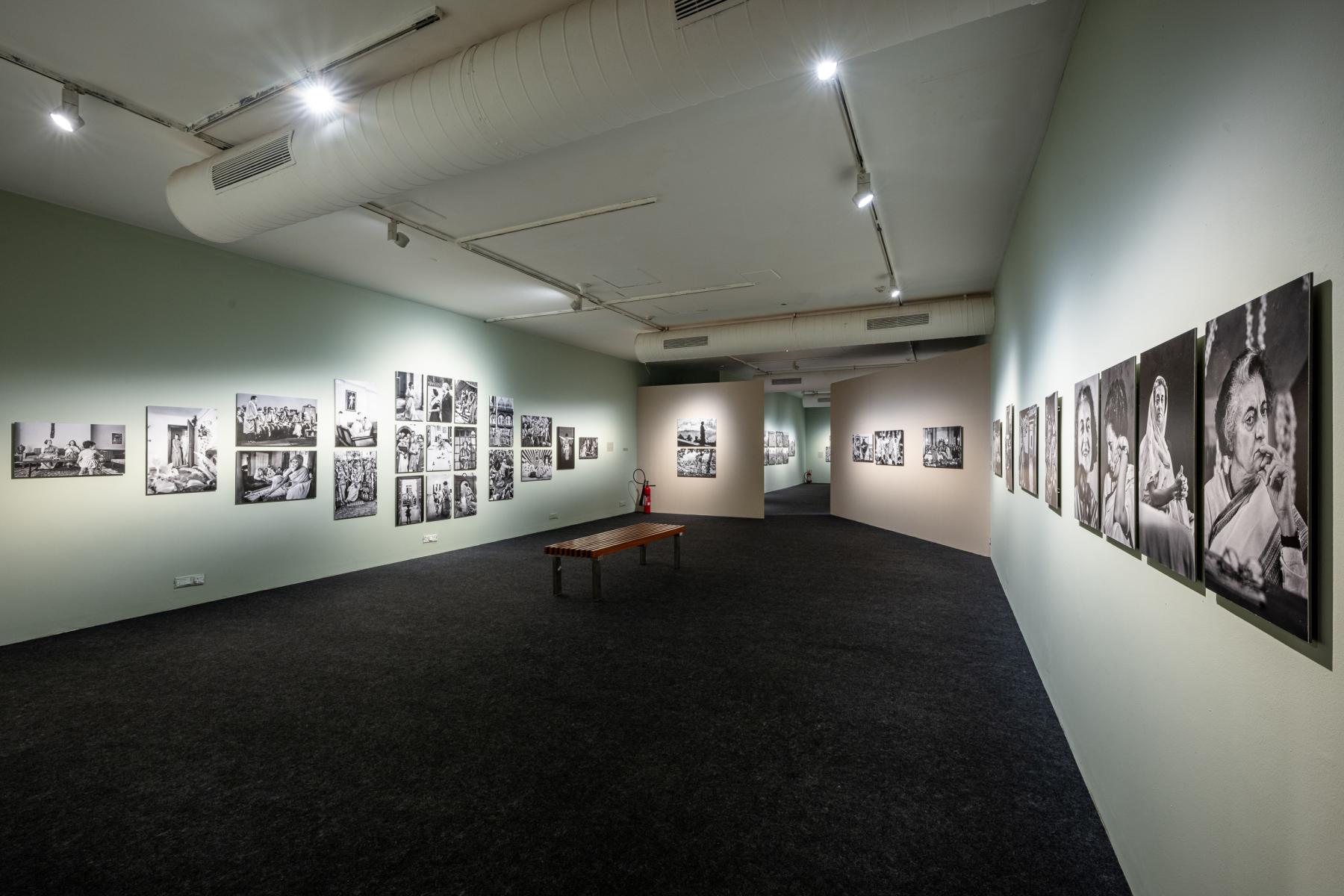
Writing about Eugene Atget’s photographs of Paris in his book See/Saw (2021), Geoff Dyer states that with so much of Atget’s practice, he existed “...solely in terms of what he saw and enabled others to see.” With Rai’s images from the streets, we are confronted with an unobtrusive, transportive quality that mirrors his own agility with the camera. Tended to by his muscle memory, so much of what one encountered during the exhibition presented both a widening and a discomposing of the possibilities of looking closely. The extensive nature of the archive is referenced and made evident repeatedly; with each frame, one is reminded of the powerful individuality of his images, in sync with a larger unifying vision—one that pursues in all capacities the persistence and significance of truthfulness in image-making.
Rai’s India is a vast and colourful production—its landscapes brim with people, yet host deep echoes of desolation. The resident industrious granularity of his work, so specific to his way of looking, creates a communal yet particularly discrete view of the world and of world-making. As an image-maker, Rai is a wellspring—not in the sense of a singular focal point for photography in India, but instead as a potent cartographer for the medium and its evolutions today. His fixities remain, however, justifiably in the overwhelming nature of the “spirit of things”—the essence, the story, the moment, the truth—that define his creations.
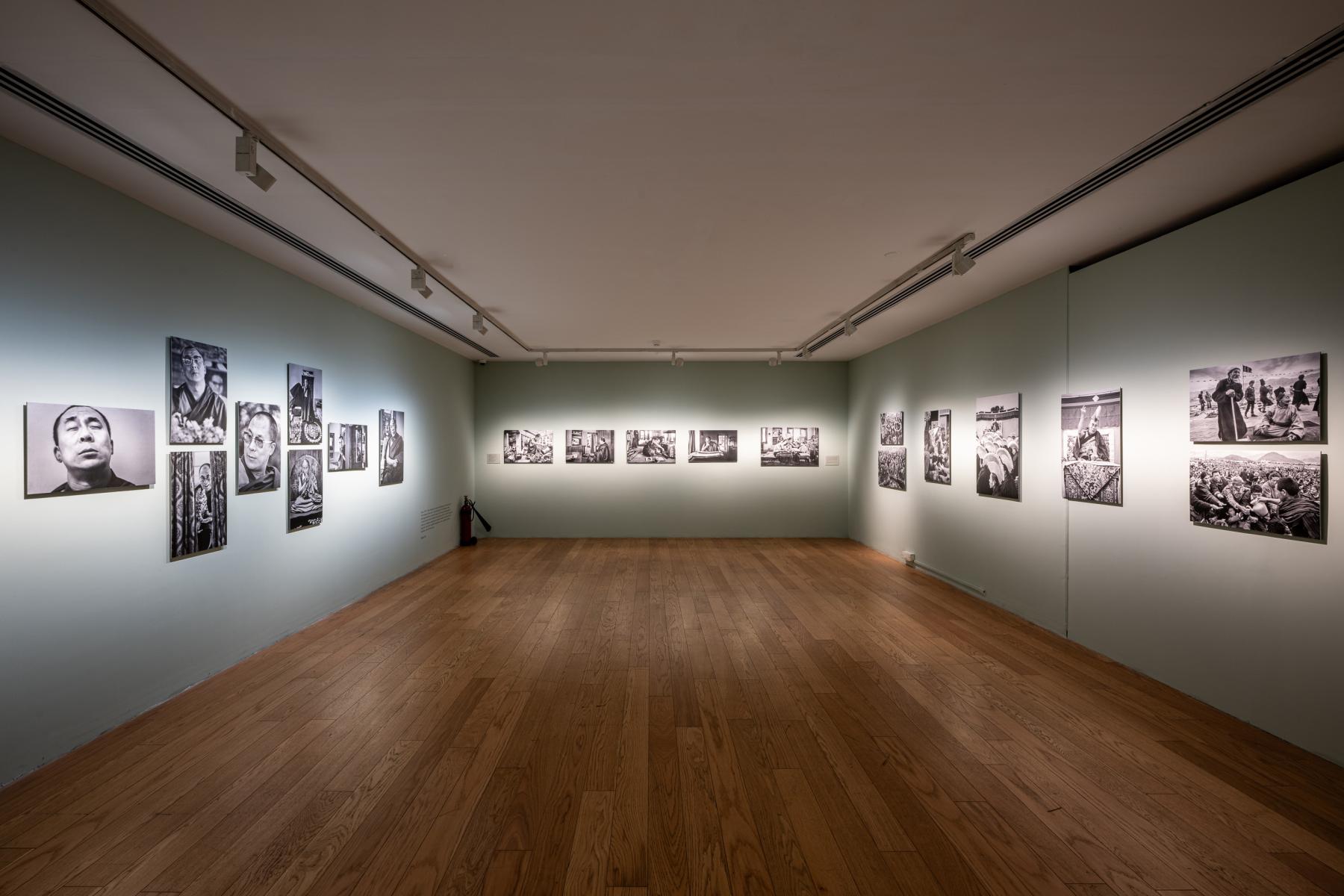
Yet, as we think of the images—in their widest sense—being made today, we aim to push further beyond truth. Rai prioritises the endeavour of storytelling, but his larger philosophy also speaks to a notion of purity within image-making. However, when we think of the contemporary conditions that fuel or spawn an image or its making, we must consider the ways meaning, belief, ritual and interpretation come into play as complex constructions that problematise our relationships to the image and its journey to us. Reality is and shall remain mediated and inundated by the image; it might serve us better, then, to not only view ourselves as accomplices in this circuit of production and reproducibility but to also somewhere direct our attention to unpacking the implacability of the unsullied image.
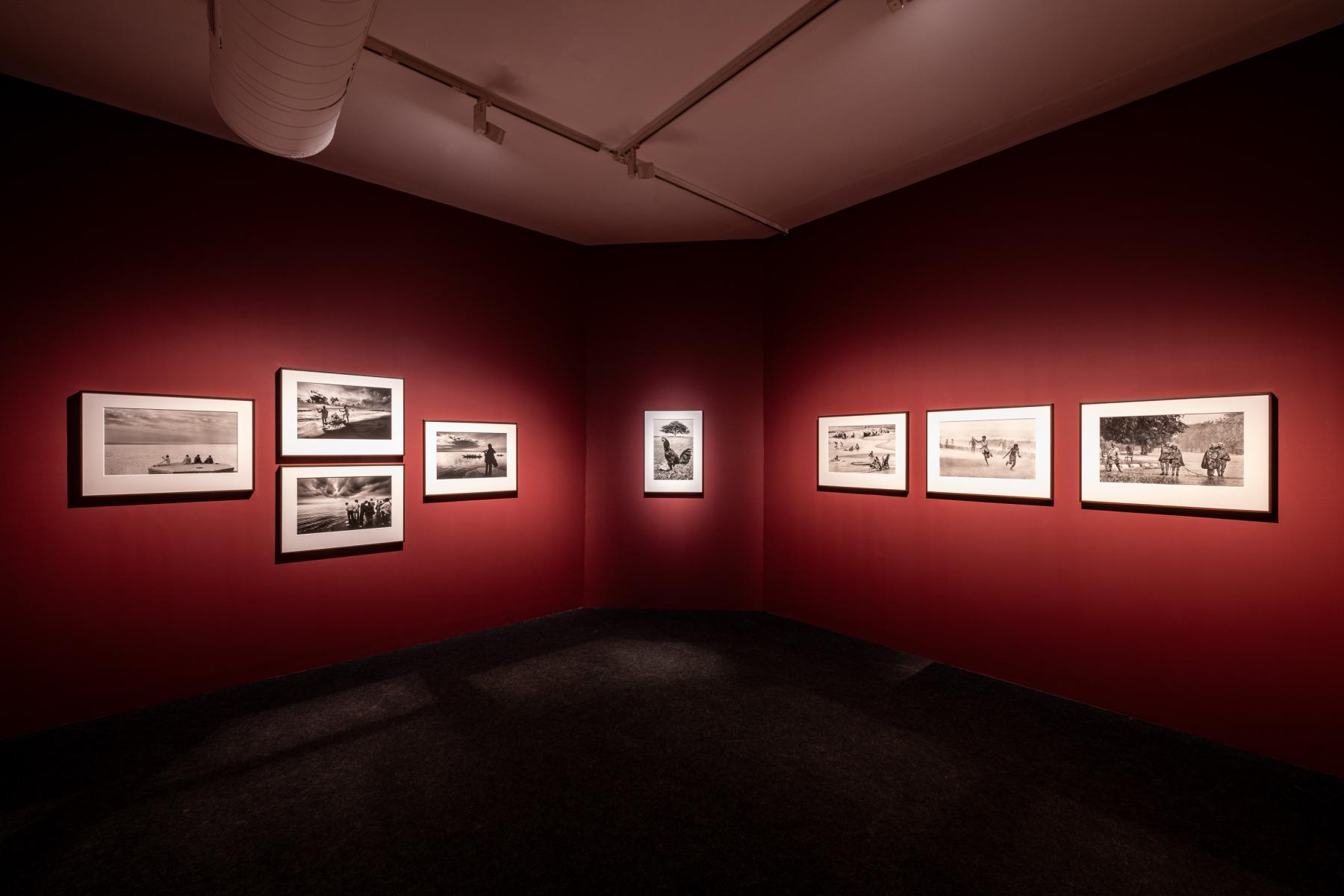
To learn more about Raghu Rai, read Annalisa Mansukhani’s review of the exhibition The Passerby (2022) and of Aperture Magazine’s special issue Delhi: Looking Out/Looking In (2021).
All images are installation views of Raghu Rai: A Thousand Lives, Photographs from 1965–2005 (1 Feb 2024–15 May 2024), curated by Roobina Karode with Devika Daulet-Singh. Images courtesy of the artist and Kiran Nadar Museum of Art.




